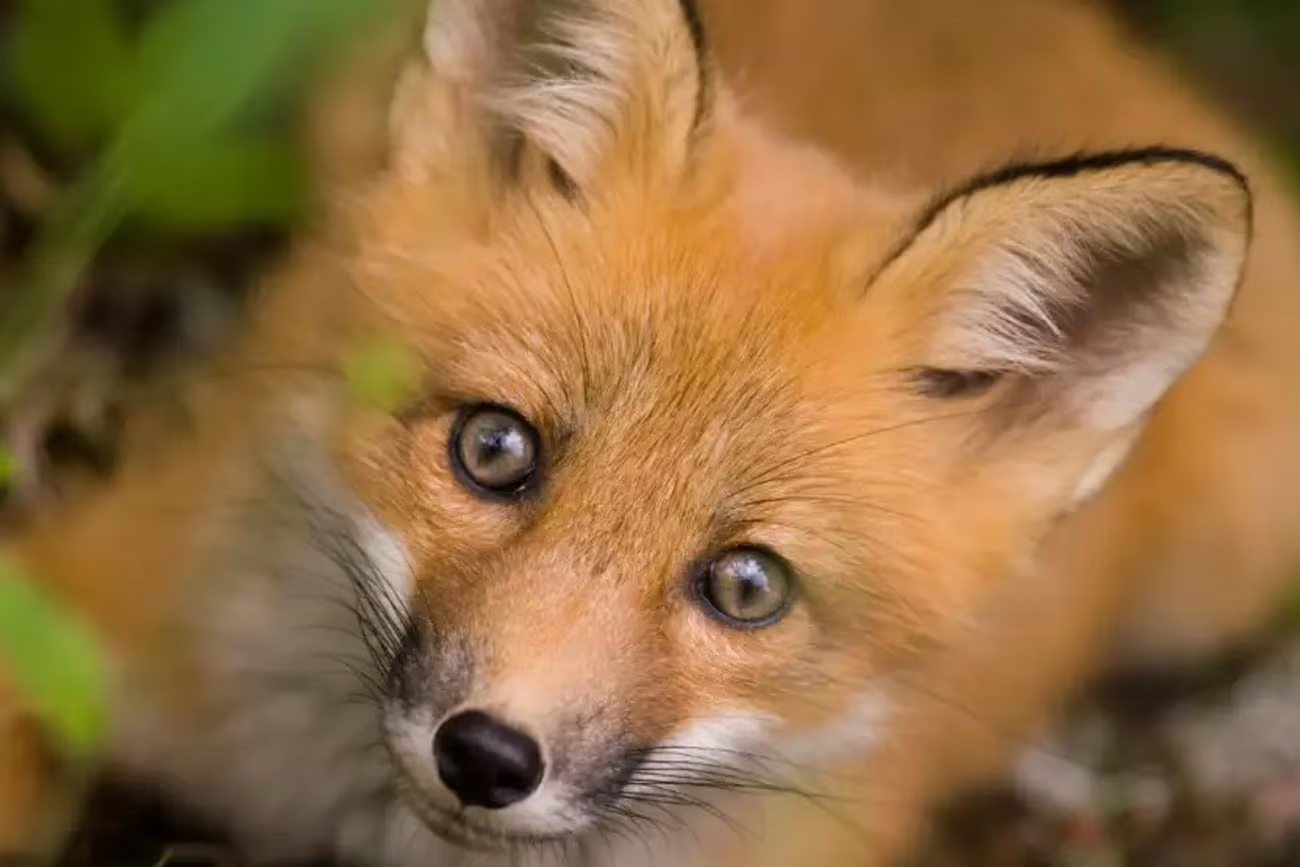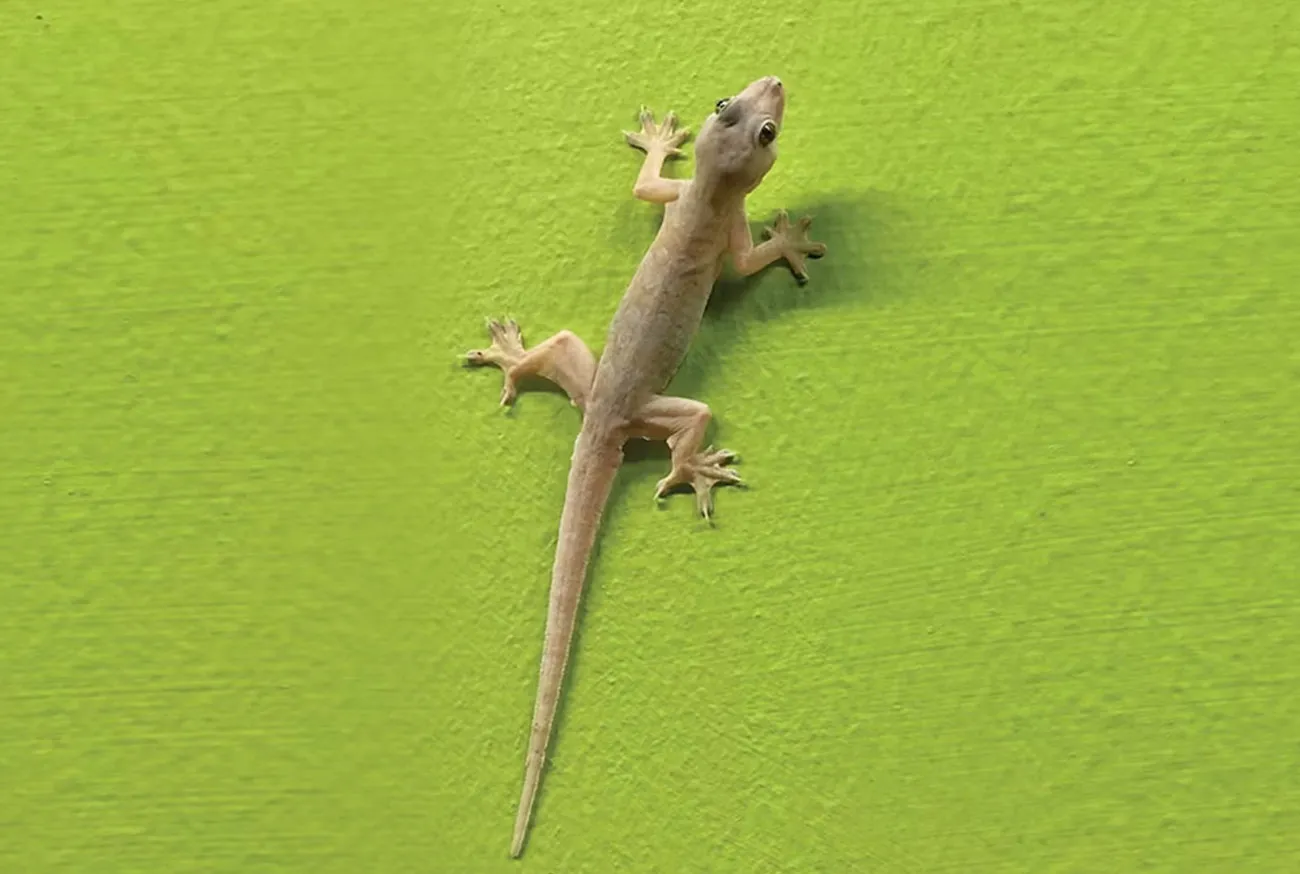What is the fox?
The fox is a mammal belonging to the canid family, widely known for its intelligence and adaptability. With a striking presence in various environments, from dense forests to urban areas, this animal captivates with its ability to reinvent itself and adapt to different living conditions.
Physical and behavioral characteristics:
- Striking appearance: Foxes have an elongated snout, pointed ears, and a bushy tail that is often used for balance and signaling emotional states.
- Natural intelligence: Its reputation as "deceitful" comes precisely from its ability to deceive predators and prey, using surprising tactics to confuse its adversaries.
- Social behavior: Although they are predominantly solitary animals, some species may form pairs or small groups, especially during mating seasons.
The idea of "deceitful" does not refer to a lack of ethics or morals but rather to a behavioral trait that highlights cleverness and the ability to adapt to adverse situations. Thus, when we call the fox the most deceitful animal, we emphasize its enigmatic behavior and its skill in using appearance and action to its advantage to secure resources and survive.
Surprising facts about the deceitful fox
The fox has a range of fascinating characteristics that go far beyond what one might imagine at first glance. If you're a fan of intriguing stories and curious behaviors, get ready to discover some facts that make the fox a truly unique animal:
- Master of camouflage:
The fox's fur varies depending on the region and season, providing excellent camouflage in both snow and dense vegetation. This variation is not just an aesthetic matter but a survival mechanism that allows it to hide from predators and surprise its prey. - Sophisticated communication:
Foxes are known for a variety of vocalizations, ranging from high-pitched barks to shrill screams. This diversity of sounds serves to communicate territories, warn of dangers, or even deceive other animals. It is precisely this ability to "lie" with its sounds that contributes to the myth of the deceitful animal. - Strategic intelligence:
Studies indicate that foxes can plan their hunts with a high degree of complexity, adjusting their strategies based on the environment and the behavior of their prey. This skill of "deceiving" their targets—making them believe they are safe—is a classic example of cleverness in nature. - Legends and folklore:
In many cultures, the fox is seen as a symbol of cunning and deception. From traditional tales to modern media representations, it is often portrayed as a clever character who uses tricks and "lies" to escape tricky situations. These narratives reinforce the idea that, despite its cute and charming appearance, the fox is a true deceiver in the animal kingdom. - Urban adaptation:
In cities around the world, foxes have demonstrated an incredible ability to adapt to urban environments. Taking advantage of the opportunities that big cities offer—such as food scraps and makeshift shelters—they show how cleverness can turn challenges into advantages, once again showcasing their "deceitful" and shrewd behavior.
Each of these facts contributes to building the image of an animal that, despite its charming exterior, hides secrets and strategies that make it unique. The fox, with all its cleverness, is a living example of how animal behavior can be full of nuances and surprises, making it the quintessential deceitful animal.
Why is the fox so special?
The uniqueness of the fox goes far beyond its appearance. What truly makes it special is the combination of characteristics that come together to form such a complex and enchanting creature. Let's explore the main points that highlight the fox as a truly extraordinary animal:
Cleverness and survival
Since ancient times, the fox has stood out for its cleverness. This natural intelligence not only allows it to survive in hostile environments but also to develop surprising methods to obtain food and protect itself from predators. Its ability to plan and adapt its hunting and defense strategies is why it is often called deceitful—not due to dishonesty but because of its skill in tricking and surprising others.
Enigmatic beauty
The fox's aesthetics are another factor that makes it so captivating. With its vibrant fur, imposing tail, and expressive eyes, it exudes a charm that captivates any observer. The beauty of the fox is an invitation to dive into the world of exotic animals, sparking the desire to learn more about this creature and its stories. It's impossible not to fall in love with the intense gaze and subtle movements of a fox, which always seem to be plotting something surprising.
Connection to folklore and culture
Around the world, the fox is a prominent figure in various legends and stories. It appears as a central character in myths that praise its cunning and ability to deceive—traits that make it the embodiment of the deceiver in the animal kingdom. This connection to popular culture means the fox is not just an animal but a symbol of intelligence and mystery, attracting admirers of all ages.
Adaptability
The ability to adapt to different environments is one of the most impressive aspects of the fox. Whether in dense forests, mountainous regions, or even urban areas, it always finds a way to adjust and survive. This adaptability not only demonstrates the animal's resilience but also reinforces the idea that, behind its cute appearance, lies an incredibly intelligent and strategic being—a true deceiver that knows how to reinvent itself with every challenge.
Relationship with humans and exotic animals
In a world where coexistence between humans and pets is becoming increasingly common, the fox represents a link between the natural and the exotic. For those who love animals and want to explore beyond traditional dogs and cats, the fox emerges as a fascinating option, even if it requires a different approach. Its complex personality and enigmatic behavior make it an animal that, though exotic, can forge a deep connection with its admirers.

Conservation and coexistence challenges
Despite all its beauty and intelligence, foxes face significant challenges in both the wild and urban environments. These challenges require special care and a conscious approach from everyone who wishes to appreciate and protect these animals.
Impact of urbanization
Uncontrolled urban expansion directly affects the natural habitats of foxes. The loss of green areas, increased traffic, and the spread of residential areas reduce the spaces where they can hide and find food. This scenario forces foxes to adapt even more to urban environments, often leading to conflicts with humans and other animals.
- Reduction of natural territory: With the decline of forests and vegetated areas, foxes have less space to exhibit their natural behaviors.
- Conflicts with humans: In urban settings, frequent contact with people can lead to conflict situations, especially when the animals are seen as threats or nuisances.
- Pollution and environmental risks: Soil and water contamination affects not only foxes but the entire food chain, compromising the health of these animals and local biodiversity.
Conservation: a shared responsibility
Preserving foxes and their habitats is a responsibility shared by governments, non-governmental organizations, and society as a whole. Investing in conservation programs and environmental education is essential to ensure these creatures continue to enchant future generations. Some important initiatives include:
- Creation of protected environmental areas: Nature reserves and parks are crucial for preserving territories where foxes can live and reproduce without direct human interference.
- Environmental education programs: Informing the public about the importance of biodiversity and ecosystems is an effective way to promote harmonious coexistence between humans and animals.
- Scientific research: Studies on fox behavior, reproduction, and adaptability help develop management strategies that benefit both the animals and the environment.
Safe and responsible coexistence
For those who wish to interact with or even consider keeping an exotic animal like the fox, it is essential to adopt safe and responsible practices. Some recommendations include:
- Respect laws and regulations: Many countries have specific legislation regarding keeping wild animals in captivity. Ensure you comply with the law before making any decisions.
- Adequate environment: Provide the animal with a space that simulates, as much as possible, its natural habitat for its well-being.
- Specialized veterinary care: Exotic animals require care from professionals who understand their specific needs and peculiarities.
By addressing these conservation and coexistence challenges, we reinforce the importance of viewing the fox not just as an exotic animal but as a living being with rights and needs that demand our attention and care. The image of the deceitful animal then transforms into a call to action, highlighting that preservation and respect for nature are indispensable.
Tips for exotic animal lovers
If you're passionate about animals and interested in learning more about exotic creatures, especially the intriguing fox, check out some practical tips to make this coexistence safer and more enriching:
- Research thoroughly:
Before making any decisions, educate yourself about the species, its behaviors, needs, and specific care requirements. Understanding what makes the fox so deceitful and clever will help you better appreciate its uniqueness. - Seek expert advice:
Consult veterinarians and exotic animal specialists. They can provide guidance on care, handling, and the necessary steps to ensure the animal lives a healthy and happy life. - Adapt the environment:
If you're considering keeping a fox as a pet, create a space that mimics its natural habitat. This includes areas to run, hideouts, and stimuli that encourage its natural behaviors. - Respect the animal's time and space:
Each fox has its own personality and boundaries. Respect its time to adapt and interact naturally, without forcing a relationship that could be stressful for it. - Join exotic animal enthusiast communities:
Exchanging experiences and information with other animal lovers can be incredibly enriching. Besides learning about care and interesting stories, you'll contribute to spreading good conservation and handling practices. - Contribute to species conservation:
Supporting projects and organizations that work to preserve natural habitats is a practical way to help maintain the beauty and biodiversity that make the fox so special. Active participation in conservation reinforces a commitment to nature and ethical exotic pet ownership.
These tips not only help in coexisting with an enigmatic animal like the fox but also encourage responsible and respectful care. After all, when caring for an animal known for its cleverness and ability to deceive—the famous deceitful animal—you become part of a network of people committed to wildlife preservation and well-being.
Keep in mind that...
Throughout this article, we've explored the many facets that make the fox such a fascinating and enigmatic animal. From its astonishing adaptability to the rich tapestry of stories and legends surrounding it, the fox reveals itself as a deceitful animal that enchants and intrigues. Its ability to "lie" to deceive predators and prey is not just a survival strategy but a reflection of sharp intelligence and behavior that defies the simplicity of appearances.
The fox, with its unique beauty and unpredictable behavior, teaches us that nature is full of secrets and charms that deserve to be explored with respect and curiosity. Whether you're an enthusiast of exotic animals, a wildlife lover, or someone just beginning to discover the animal world, there's much to learn from this creature that, despite its deceitful nickname, stands as a brilliant example of adaptation and resilience.
Join this journey: share this article on your social media, leave a comment about what surprised you most about the fox, and explore more content from Adore Pets to connect even deeper with the world of animals. After all, with every story and every revealed curiosity, we discover that the world of exotic animals is a permanent invitation to reflection, discovery, and, of course, a passion for nature.

















Add comment